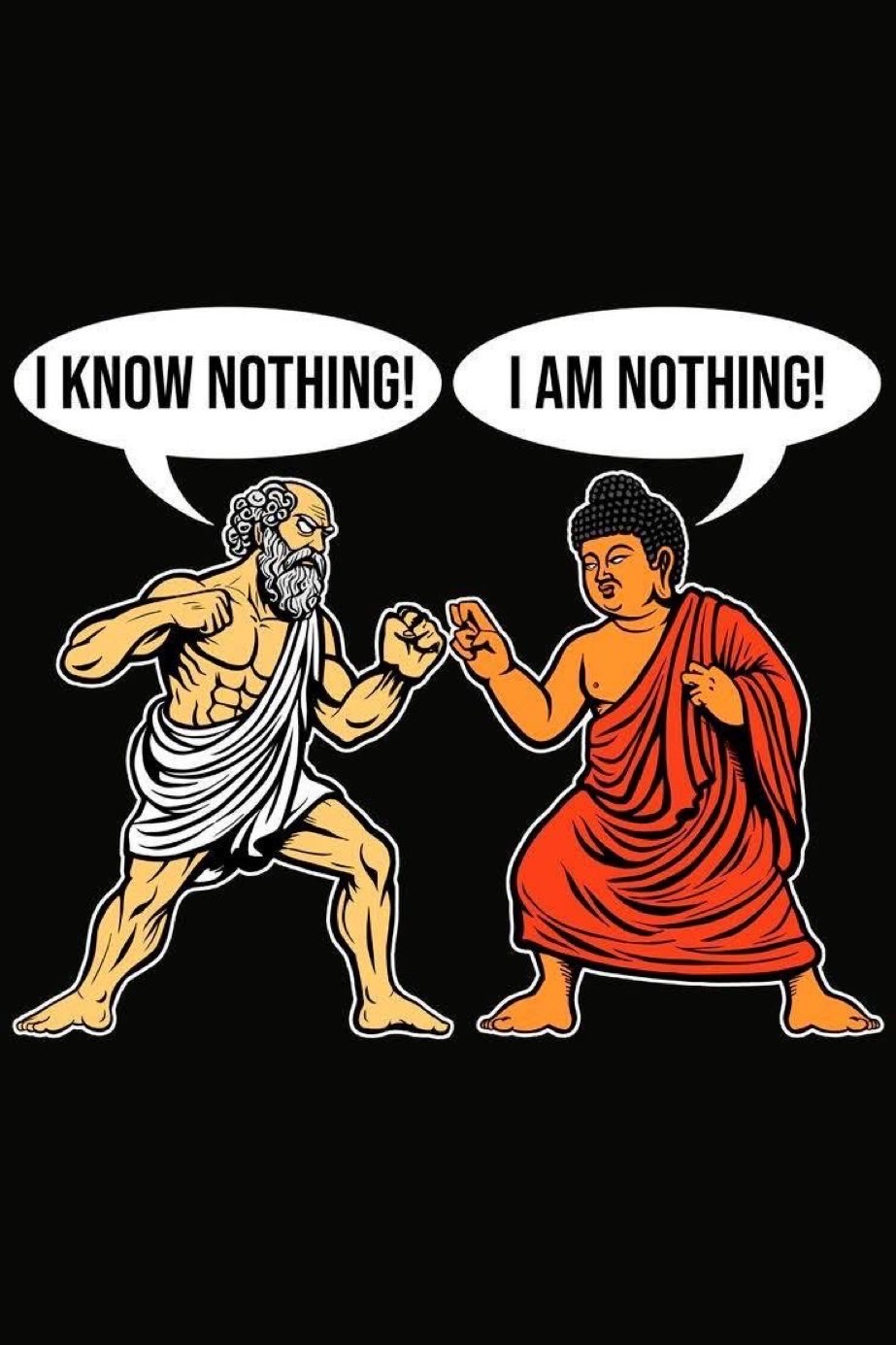The Self and the Pantheon: Awakening the Mechanics of Real Magic
1. The Universe is Mental — But What Does That Mean?
The ancient Hermetic principle "All is Mind" (from the Kybalion, attributed to Hermes Trismegistus) is often misunderstood as "everything is just an illusion."
In reality, it points to something more concrete: our experience of reality is processed, created, and modified through mental states.
- Perception is mental.
- Belief structures are mental.
- Attention is mental.
And because your reality is filtered through mind, when you learn to transmute mental states, you change the way reality unfolds around you — first in experience, then often in results.
Magic, in this sense, is not fairy-tale wizardry.
It’s mental engineering: applying imagination, will, and altered states to reshape how reality manifests in your life.
- Read More: The Universe is Mental
the Magus
When seeking to change your mind. You are a magus.
A Magus does not seek to dominate or manipulate others with his power, because he understands that the greatest magic is self-mastery.
The Magus becomes a Master of elements or personas that mirror their own nature.
Thus, he becomes an alchemist of mental energies: transmuting the negative into positive, fear into confidence, darkness into light. His secrets are not weapons, but keys that open doors to inner transformation.
When change happens within him, inevitably his surroundings also transform. And what seemed like “magic” in the eyes of the world is simply the consequence of a heart and a mind in harmony with the All.
The greatest magic always begins within you, the magus.
Images and Names: Tools for Shaping Reality
In ancient magical systems (and even in modern psychology), images and names are tools for shaping the mind's energy.
- An image holds an archetypal charge: it triggers emotion, memory, and focus.
- A name gives it structure, identity, and a way to call it into your conscious command.
Example:
If you imagine yourself as "a warrior" before a difficult conversation, and you name that force inside you ("Protector," "Courage," "Athena Within"), your posture, voice, and emotional tone literally change.
This is not fantasy — it’s the mind's natural power to self-program through symbols.
Ancient magicians, chaos magicians like Crowley, and even modern therapists working with "parts" unknowingly tap the same system:
images + names = energized, directed states.
How to Create Pliable Mental States: The Real Mechanics
Pliable states are mental-emotional conditions where your subconscious mind is more suggestible, more fluid, and more capable of transformation.
There are known methods for entering these states with various depths:
| Method | Mechanism | Modern Parallel |
|---|---|---|
| Imagery | setting context | images, words w/ concepts |
| Trance or Ecstatic States | flow state, presence | repeating chants and music patterns, sex, mild entheogens |
| Meditation (e.g., breath focus) | Quieting the prefrontal cortex, increasing alpha/theta waves | Mindfulness, trance |
| Entheogens (e.g., psilocybin, ayahuasca) | Disrupting rigid brain networks (default mode network) | Neuroplasticity, openness |
| Near-death experiences (accidental) | Shock-induced neurological resets | Dissociation, radical recontextualization |
| Deep emotional crisis (surrender) | Breaking old mental structures | Ego dissolution, reprogramming |
That's why ancient rites often involved:
- Fasting (altering blood chemistry)
- Drumming (inducing trance through rhythm)
- Isolation (stripping away external reinforcement)
- Symbols and rituals (giving form to the new states)
In each case, the goal was to soften the mind's rigidity, make it pliable, and then imprint new images, new names, new realities.
- Read More: Elevated Consciousness Methods
Real Magic: A Practical Example
Let’s say you want to become fearless in public speaking.
Here's a simple magic process grounded in physical reality:
- Identify the Inner Persona:
Meet the inner protector who fears humiliation. Name it ("The Watcher," for example). Draw its image if possible. - Enter a Pliable State:
- Meditate for 10 minutes to relax the mind.
- Use rhythmic breathing or gentle music.
- If skilled, light trance or self-hypnosis techniques.
- Create the New Archetype:
- Imagine a bold, radiant speaker already inside you.
- Name this force ("The Herald").
- Visualize it standing tall, confident, unstoppable.
- Transmute:
- Thank "The Watcher" for its old service.
- Tell it the Herald is now taking the lead.
- Feel the shift inside — really feel it.
- Reinforce:
- Repeat the process often (daily if needed).
- Especially after small public successes.
Over time, the mental landscape of your inner pantheon shifts — the Watcher rests, the Herald leads.
The outer reality follows the inner reordering.
Final Thought:
Magic is the technology of the mind.Ancient traditions understood it through symbols and rituals.
Today, we can understand it through neuroscience, psychology, and direct experience.
But the principle is the same:
Change the inner pantheon — and you change the world you live in.

What you know is what you are.
Basis for many magical practices.
Magic isn't the bippityboppity kind.
It's psychology of mental metaprogramming.
See also
- The Universe is Mental - sets up mental relationships, the structure (greek kosmos ) of the universe - from deep inside your psyche (affecting change within), to your social interactions (affecting change outside), to the earth and to all of space (and our connection to everything). The universe is mental. Paleo-psychology, basically the ancients had a lot figured out.
- The Psychonaut Field Manual Fourth Edition. by: BlueFluke